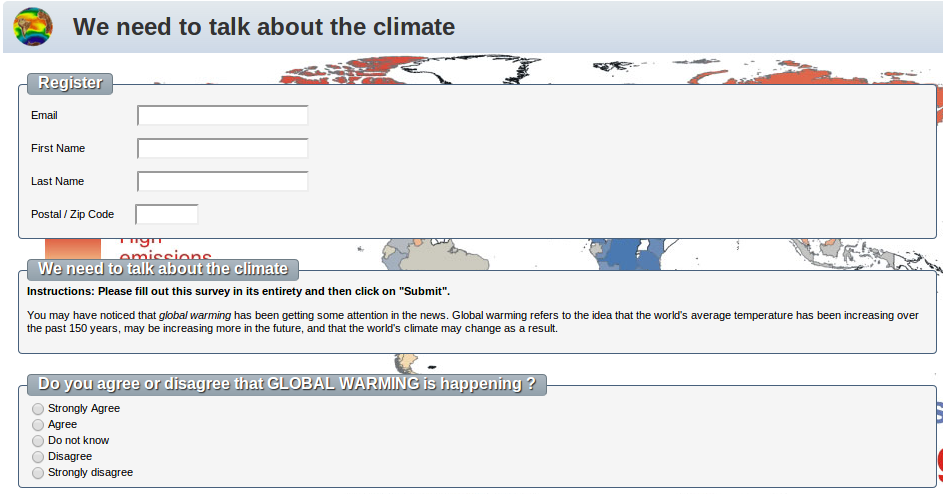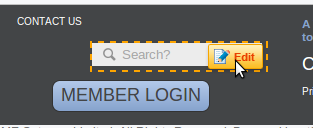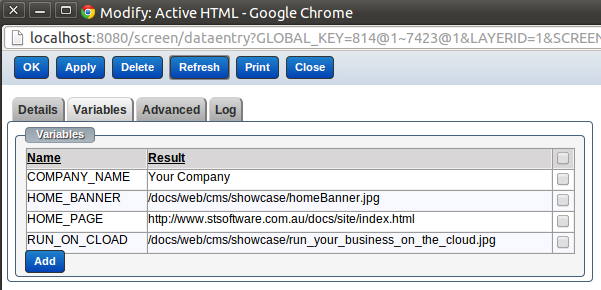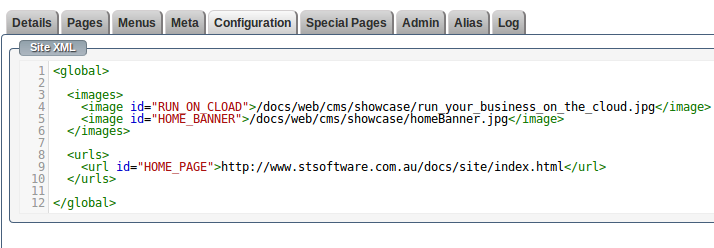See more at:-
- https://support.google.com/webmasters/answer/76329?hl=en
- http://www.youtube.com/watch?feature=player_embedded&v=Q3SFVfDIS5k
- 8 Aug 2013
The file /etc/hosts.deny on Unix/Linux can block login attempts based on counties. The below is a simple host.deny file to block all countries but your own ( in my case Australia), sure this is not the whole answer to securing a system but it sure cuts down the number of hack attempts.
sudo vi /etc/hosts.allow
#
# hosts.deny This file describes the names of the hosts which are
# *not* allowed to use the local INET services, as decided
# by the '/usr/sbin/tcpd' server.
#
# We will block *all*
- 25 Jul 2013
Pages can have any number of aliases. When a page's path is renamed the system will automatically add an alias from the page's previous path to the current page.
This prevents 404 errors which are a well known cause of user frustration and lower SEO rankings.
When a user requests a URL first a matching page is searched then the page aliases are searched, if a matching page alias is found then that page is used. There are NO 301/302 errors returned there is just many paths to the same page.
- 19 Jul 2013
To make a site the default for a domain or set of domain names a comma separated list of host name patterns is entered.
The default site is calculated to be the first PUBLISHED site with a matching host name pattern, if no matching sites then the first site will a blank host name list.
The domain name registry itself must be done as normal to point to the system with providers such as goDaddy or Netregistry
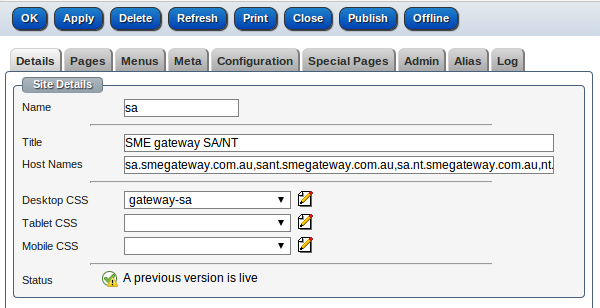
- 19 Jul 2013
A sample questionnaire :-
http://polls.stsoftware.com.au/site/climate/
To create a questionnaire:-
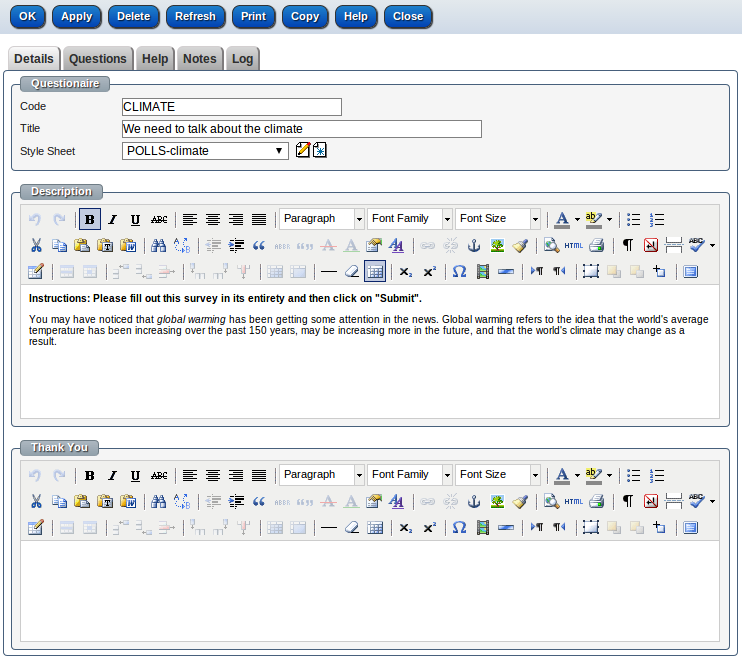
List of questions:-

Create a new question:-
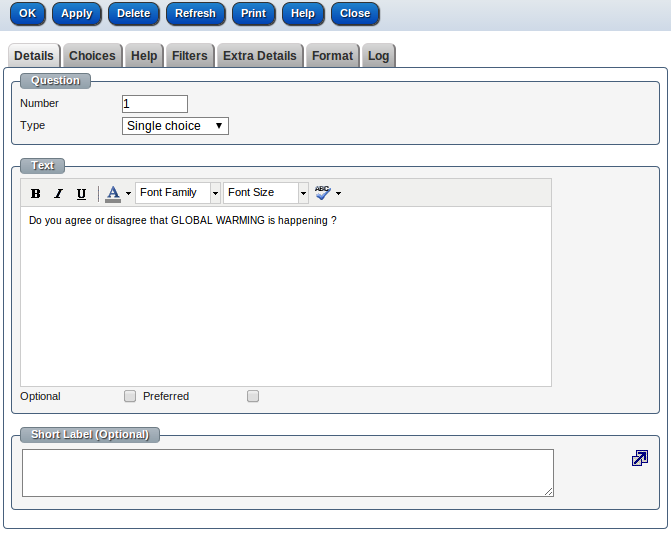
List of choices:-

Resulting sample survey:-
- 18 Jul 2013
A quick demonstration of the Handlebar (mustache) support in stSoftware's CMS. https://github.com/jknack/handlebars.java
- 2 Jun 2013
New enhancement was added to select contact categories and group by parent category.
Before:
Click on 'Add' categories used to open a new screen to select the wanted category.
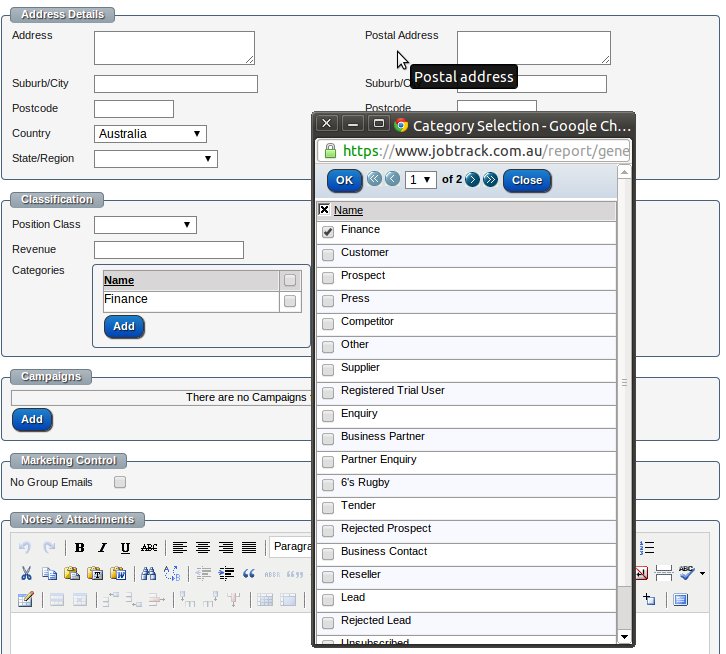
Now:
Categories are ready to be selected and can be grouped.
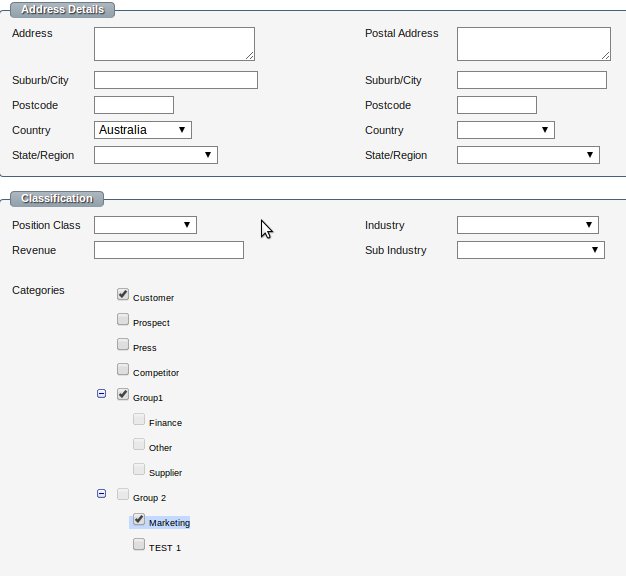
How to setup contact categories group
- 18 Apr 2013

